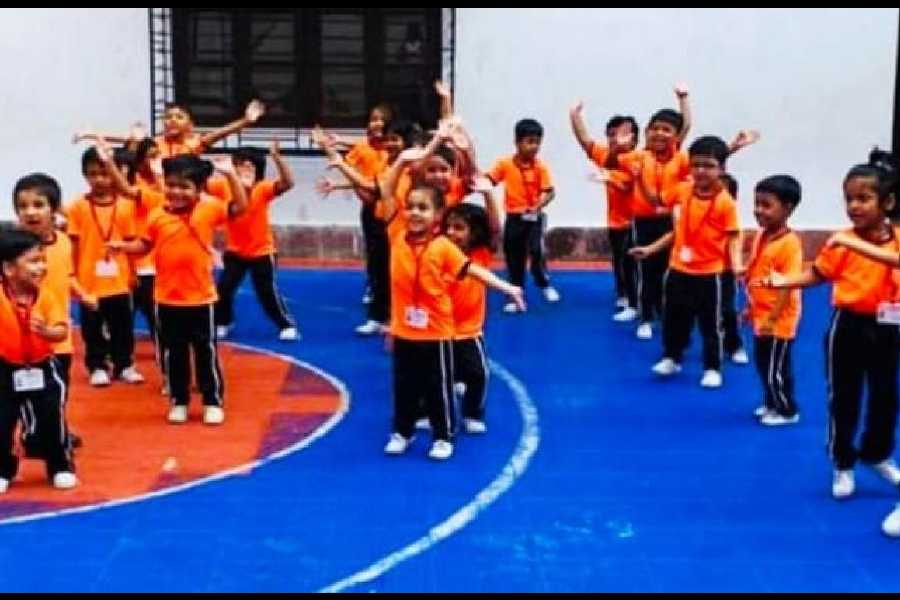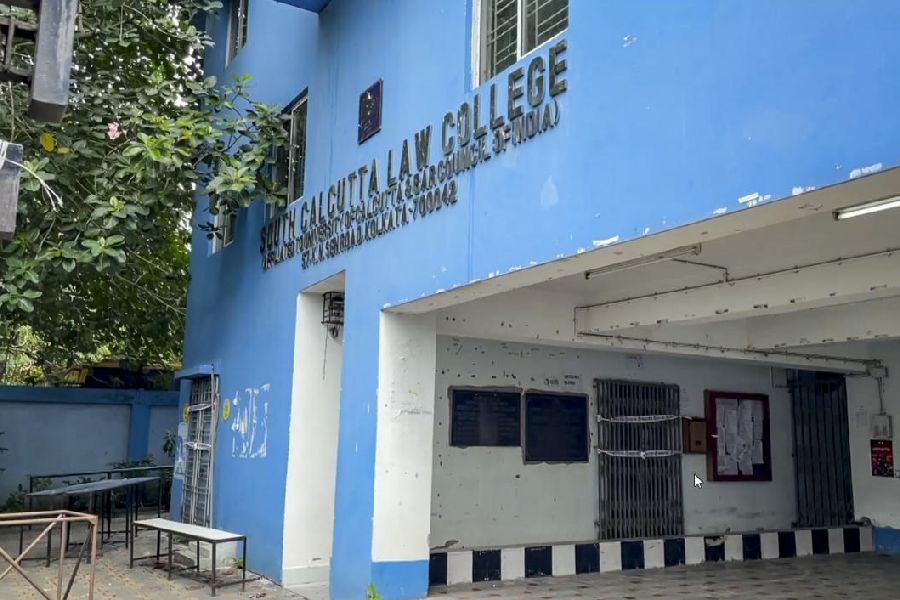 |
 |
 |
 |
| Photographs of cactii collection at the Regional Plant Resource Centre in Bhubaneswar. Telegraph pictures |
Bhubaneswar, Oct. 21: The Regional Plant Resource Centre (RPRC) in the city has carved a niche for itself in the field of cactus-related research by accumulating 1,136 varieties of cactii. This year, 86 varieties were added to its collection.
The RPRC has developed more than 200 varieties of the thorny plant including hybrids through breeding and genetic changes using chemicals called mutagens, apart from growth manipulation techniques. Research work at the centre pertains to standardisation of culture techniques, propagation methods and breeding including cytogenetic and molecular characterisation of principal cactus genera. The centre has also come out with several publications on the subject.
Apart from its research work, the cactii collection at the RPRC has been attracting visitors from far and wide, many of whom are also interested to purchase the exotic varieties. While the princess of Thailand Maha Chakri Sirindhorn visited the centre earlier this year, organisations such as Gujarat Science City, Surat Municipal Corporation and Directorate of Horticulture, Andhra Pradesh purchased cactii in bulk from the institute. Two consignments were also exported to the Netherlands and Bangladesh.
Even the Jeypore Municipality in Koraput district brought cactii from RPRC. The sales counter near the entrance gate of the centre also sells cactii to the public for personal collections.
“During 2005-06 we developed a cactus house inside the Mughal Gardens at Rashtrapati Bhawan. The scientists from RPRC developed and monitored the entire cactus housing its collection for a year.
After developing the house, the collection was handed over to the horticulture staff of the Presidential Estate,’’ said senior RPRC scientist Pratap Chandra Panda. “Of the 200 cacti varieties developed by the RPRC scientists, 72 have been named and registered but the rest are in the trial stage. Before naming, the varieties we have to check their individual characteristics for three to four generations to know whether the type is smart enough to withstand the environmental conditions and the propagation standards,” added Panda.
Cactii, according to the scientist, are seen mainly in Latin American countries with 2,500 species belonging to 93 genera reported worldwide. Although there are no cactus species of Indian origin, two—Opuntia and Cereus—have naturalised in many parts of the country. He said the people in the Latin American use cacti as food and medicine. It is also used to make beverages and fences.
Orissa, too, has a potential for exporting the plants. “One may even try developing a cacti nursery as an enterprise,” he said.
Commenting on the possibility of patenting the individual varieties developed by RPRC, its chief executive, Jay Mohapatra said: “The process is not only costly but also needs a lot of experimentation to determine the genetic base of the variety, its parentage and origin. We also have to ascertain whether any similar species exist at any place in the world or not. This requires both manpower and money. We are not going for patenting right now as only plants from a pure genetic makeup and known parentage can be patented,’’ he said.










